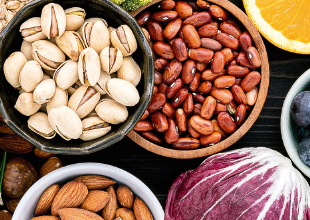Olympians Food
Chloe Kim is a snowboarding superstar. She won a gold medal in snowboarding at the 2018 Winter Olympics in Pyeongchang, South Korea but this is not what she is known for. During the competitions she tweeted about how much she wants to eat an ice-cream. She also wrote that she was hangry (angry and hungry at the same time) as she didn’t finish her breakfast that morning. Food is a big deal for Olympians. For them it is the very specific, highly measured fuel they put in their bodies. They need it for energy, for health, for strength and for a better psychology.
It’s not that food was lacking during the 2018 games. There were plenty of restaurants in the area where Olympics were held. Korean food is some of the world’s finest but not all Olympians are used to it. Also nutrition experts say that people should not try anything different than what they are used to before such big competitions.
“What I recommend for athletes right now is, to be as safe as possible in competition time. This might happen once in a lifetime. You wouldn’t want to fail just because you’ve eaten something that’s different to what your body’s used to,” said one of the sports dietitians for the U.S Olympic Committee. The U.S. team had its own chefs and dieticians. They also had their own “nutrition centers”. The goal is to provide them with lots of everything.
Olympic centers always have their own dining rooms. In South Korea there were two dining rooms open 7/24. They offered 450 different types of food in buffets that included Western, Asian, Korean, Halal, vegetarian, and gluten-free dishes. The amount of raw ingredients used each day to feed the athletes was shocking: 700 kilograms of beef, 450 kilograms of eggs, 350 kilograms of lamb, 170 kilograms of chicken, 100 kilograms of rice, 3,800 kilograms of fruits and vegetables, about 15,000 pieces of bread, and 800 pizzas. All of that food was there for them, but what they would eat was up to the athletes, their coaches, and their dieticians. Every athlete ate food according to the sport s/he does. For example, female cross-country skiers needed about 4,000 calories or more every day to train and compete and male skiers needed about 7,000 calories.
There’s also “psychological food”. Not being able to eat what they like can be hard for people who are far from home and missing their friends. A Finnish hockey player for example, missed the “really good bread” in Finland. She said some of her teammates brought food from home which made her extremely happy.

